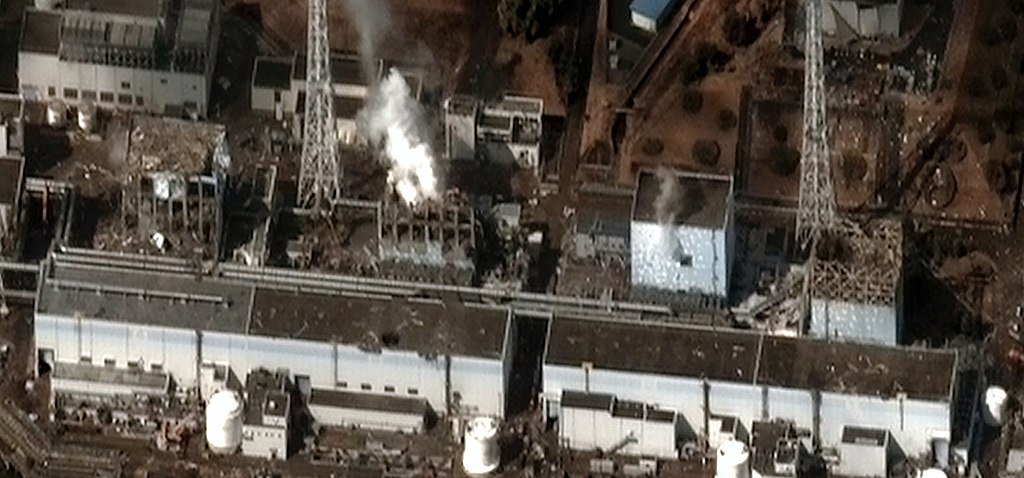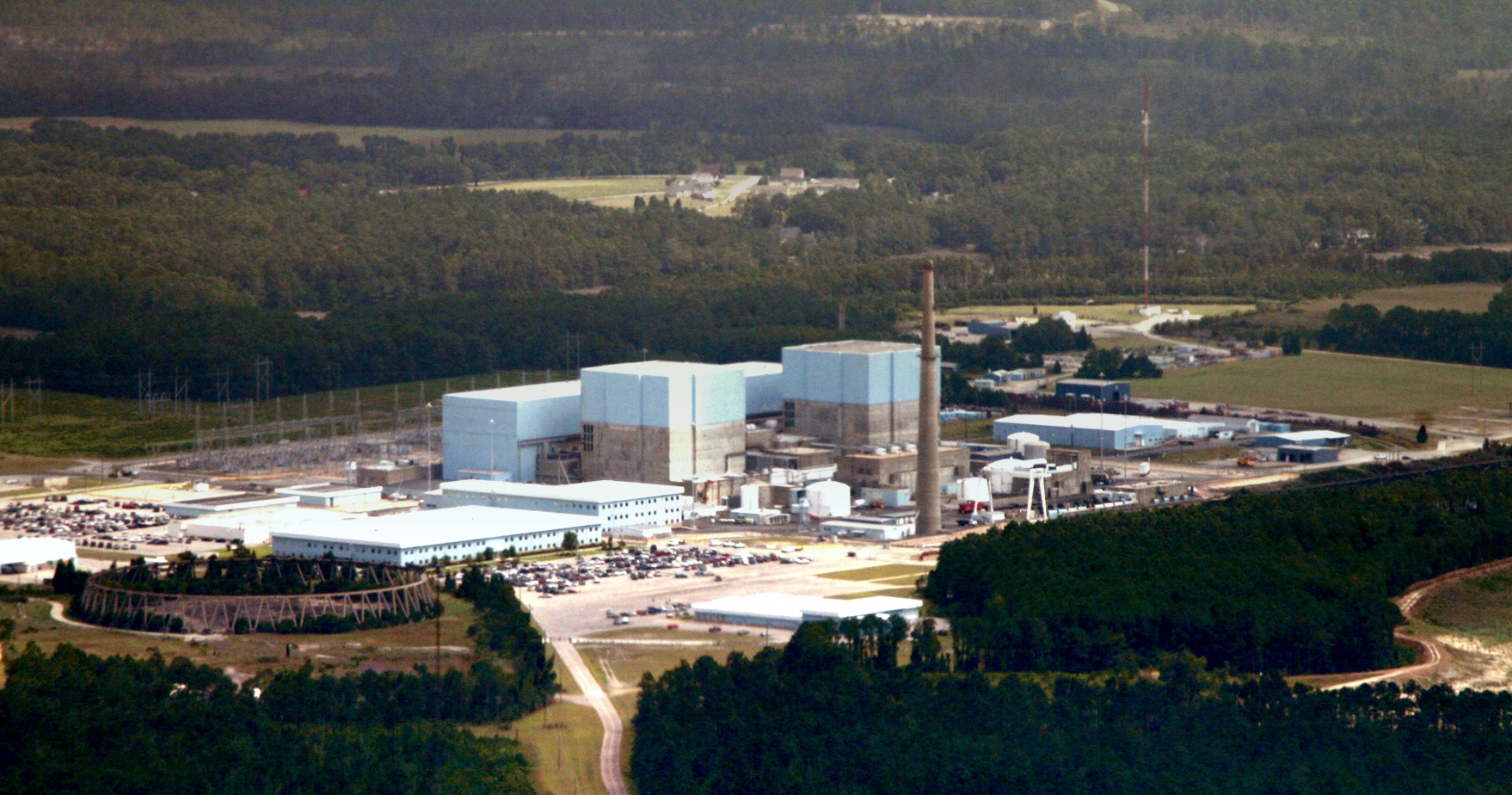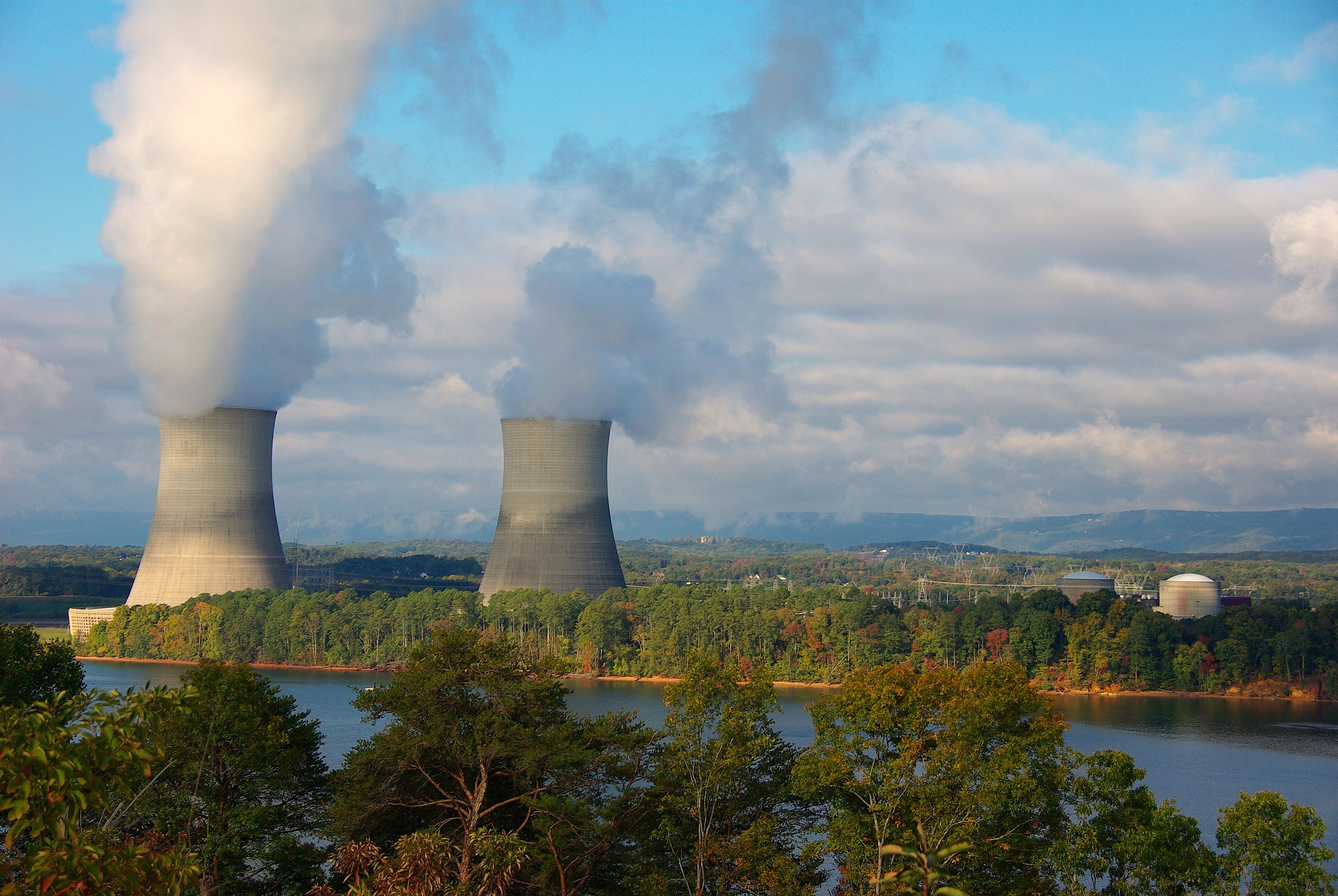
What’s the worst that can happen? Fukushima, complexity and inherent risk
Perhaps our reliance on complex systems we do not and cannot ever fully understand, our hyperfocus on economic efficiency at the expense of resilience, and our hubris in thinking that we can anticipate or control the future have gone too far.

Ten years ago today, an earthquake and tsunami triggered multiple meltdowns at the Fukushima Daiichi nuclear power plant in Japan. Half a world away, my former Frontier Group colleague Travis Madsen and I worked for the next two weeks to compile and disseminate the most accurate information we could find about the ongoing disaster and its implications – an attempt to fight through the rampant misinformation being circulated at the time.
Looking back at our posts 10 years later, it’s striking to recall the confusion of that time period. The term “fog of war” applies. Even a decade after the event, however, the fog surrounding the costs and impacts of the Fukushima disaster continues to linger.
No one knows when or if the tens of thousands of people who remain displaced from the area around the plant will be able to return to their homes. No one is quite sure what will happen when the tanks storing the radioactive water that is continually being generated at the plant – tanks that now hold 1.2 million tons of water – reach capacity in 2022. It is still unclear how or when the 880 tons of fuel that melted during the disaster will be removed or how the 770,000 tons of radioactive waste created at the plant will be dealt with. The price tag of the cleanup could range – depending on who you ask and which costs you include – from $73 billion (the Japanese government’s estimate) to as much as $470 billion. The duration of the cleanup will be measured in decades, but how many decades remains unclear.
As the public and policy-makers consider the legacy of Fukushima, one question that is likely to emerge is: Can a nuclear accident of a similar scale happen again?
If there is one thing that the last decade – heck, 2020 alone – showed, it is that anything is possible. So, the question we really mean to ask is: How likely is it?
That question is impossible to answer. The years since Fukushima have seen the United States take steps to improve the safety of nuclear power plants, which should reduce the likelihood. But the specific series of cascading events that led to the Fukushima disaster were not anticipated by the operators of the plant (or else were considered and dismissed). It is easy to see their error in hindsight, but how likely is it that we can imagine and prepare for all of the possible ways in which a nuclear accident might play out?
As Charles Perrow wrote in his book, Normal Accidents: Living With High Risk Technologies, complex, tightly coupled systems create the potential for cascading failures. The potential pathways for failure in such systems are so numerous, so difficult to imagine, that it is impossible to control for them all. Moreover, Perrow wrote, the systems we create to prevent the failures we can imagine add even more complexity to the system and can themselves create additional pathways for failure.
If it is impossible to map out all of the possible ways in which a nuclear power plant or another complex system might fail, that has not stopped some researchers from using statistical tools to attempt to quantify the potential of a future disaster. A 2015 study from European researchers estimated that there was a 50% chance of another Fukushima-scale nuclear accident within the next 50 years, a Chernobyl-scale event in the next 27 years, or a Three Mile Island-scale event in the next 10 years.
But the study also suggested that accidents such as those at Fukushima and Chernobyl – devastating though they were – are not the worst such disasters imaginable. According to the study:
Of course, the Earth itself is finite, thus there is an upper cut-off … to the maximum possible damage. But this upper cut-off could be exceedingly large and there is yet no evidence of a maximum being reached thus far …. Think for instance of the real-estate value of New York City in the USA or of Zurich in Switzerland, both rather close to a nuclear plant in operation, which would become [uninhabitable] in a worst case scenario. Here, we would be speaking of up to tens of trillions of dollars and Swiss francs of financial losses, not to speak of human ones.
Over the last decade since Fukushima, there have been sometimes-vicious debates in the United States and elsewhere about the future of nuclear power and the role it should play in the fight against global warming. We have long argued that nuclear power has major shortcomings as a climate solution. New nuclear plants are exceedingly costly to build and the only reactors currently under construction in the United States, Units 3 and 4 at Georgia’s Plant Vogtle, are years late and billions over budget. The nation’s existing fleet of nuclear reactors is aging (indeed, there are still 20 reactors operating in the United States that are of the same design as those at Fukushima Daiichi) and will likely require increasing investment to maintain over time. While new generations of reactors might address the safety and waste issues with current reactors, and be able to be more flexibly integrated into the grid than the massive plants of yesteryear, those technologies remain too new for us to fully rely on.
The potential – no matter how slight – of an accident the scale of Fukushima should lead us to look elsewhere for answers to our climate and energy challenges.
But the lessons of Fukushima extend beyond nuclear power, because the kinds of tightly coupled, complex systems Perrow described decades ago have become the norm around the world. At the same time, the threats facing those systems – from climate change-induced extreme weather to cyberattacks – have become more unpredictable. A 2012 Chatham House report described the new risk environment:
We have always had risks to face. Two things seem to have changed today: the frequency of catastrophes seems to be increasing; and our population remains relatively unaccustomed to the magnitude and probability of the risks we are currently facing. In the past, events such as floods and earthquakes had significant but largely localized impacts. Today, these events act as harsh reminders of the vulnerability of our interdependent social and economic production systems and the fragility of just-in-time business models. The impacts of such occurrences tend to escalate and spread, surging and stabilizing as new sectors or countries are caught in the chain reaction.
Over the last several decades, humanity has developed incredibly efficient, complex, globe-spanning systems that we increasingly rely on for the necessities of life. Yet those systems are fragile. As the Chatham House report stated in describing the resilience (or lack thereof) of global supply chains to disruption, “One week seems to be the maximum tolerance of the ‘just-in-time’ global economy.”
One week.
The last two years have seen the world crippled by a virus that originated in an animal in China, a pandemic that disrupted global supply chains and threatened the stability of the global economy. We’ve seen lies and conspiracy theories metastasize quickly over social media to the point where they nearly disrupted the continuation of the world’s flagship democracy. We have seen a freak winter storm bring down the energy system of Texas, the very capital of America’s energy industry, leaving people freezing in their homes in the record cold.
It is almost as though the world is trying to tell us something – perhaps that our reliance on complex systems we do not and cannot ever fully understand, our hyperfocus on economic efficiency at the expense of resilience, and our hubris in thinking that we can anticipate or control the future have gone too far.
The tenth anniversary of the Fukushima disaster is a reminder to us all of the inherent dangers of nuclear power. It is also a reminder of our need to envision solutions for our energy and climate challenges that do the difficult work of decarbonizing our economy, while at the same time leaving our communities and our systems better prepared to absorb whatever slings and arrows that Mother Nature or outrageous fortune might send our way. [1]
[1] With due credit to the Bard.
Photo: Digital Globe, made available under Creative Commons license CC BY-SA 3.0 via Wikimeidia Commons.
Topics
Authors
Tony Dutzik
Associate Director and Senior Policy Analyst, Frontier Group
Tony Dutzik is associate director and senior policy analyst with Frontier Group. His research and ideas on climate, energy and transportation policy have helped shape public policy debates across the U.S., and have earned coverage in media outlets from the New York Times to National Public Radio. A former journalist, Tony lives and works in Boston.
Find Out More

Nuclear Power Plants in the Path of Hurricane Florence

Do We Really Need Nuclear Power for “Baseload” Electricity?

Are U.S. Nuclear Plants Located Near Earthquake Faults?

